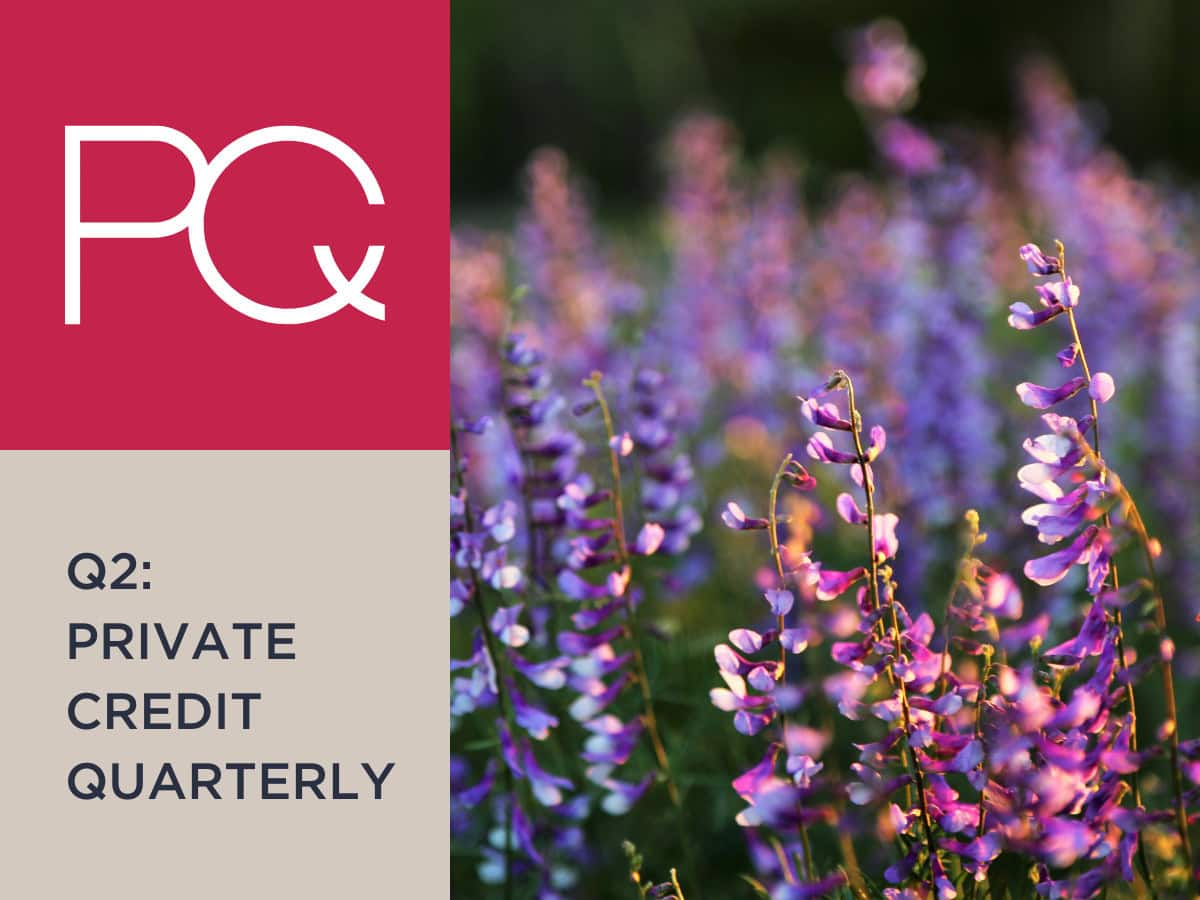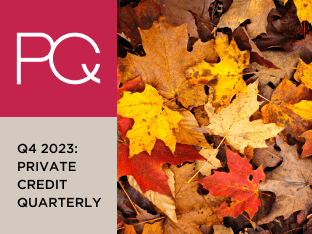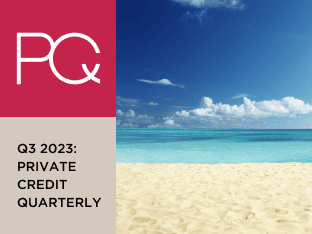Private Credit Quarterly

In the Q2 2024 edition of the Private Credit Quarterly, Configure’s Joseph Weissglass, Parm Atwal, and Connor Barth share proprietary, data-driven insights on the current state of middle market sponsor finance, including trends and observations on topics such as…

During the Q1 2024 edition of the Private Credit Quarterly, Configure’s Joseph Weissglass, Parm Atwal, and K.T. Taratus presented exclusive, data-backed insights into the current landscape of middle market sponsor finance, covering key trends…

In the Q4 2023 edition of the Private Credit Quarterly webinar session, Configure’s Joseph Weissglass, Parm Atwal, and Kyle Stinchcomb presented proprietary insights about the current bank and direct-lending environment, and walked through…

Thank you for your interest in the Private Credit Quarterly by Configure Partners! As a credit-oriented investment bank specializing in debt placement, credit resolution, and […]
